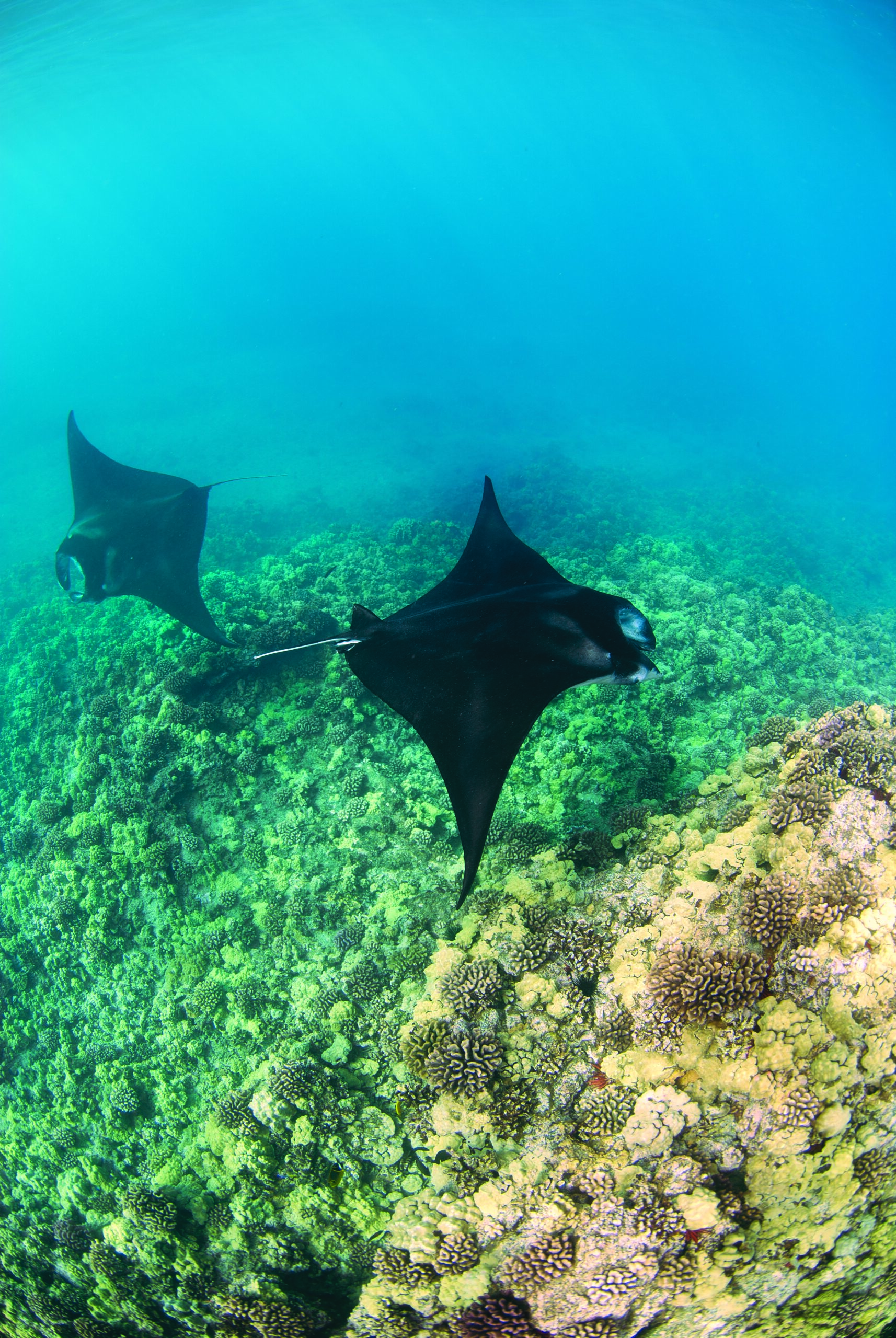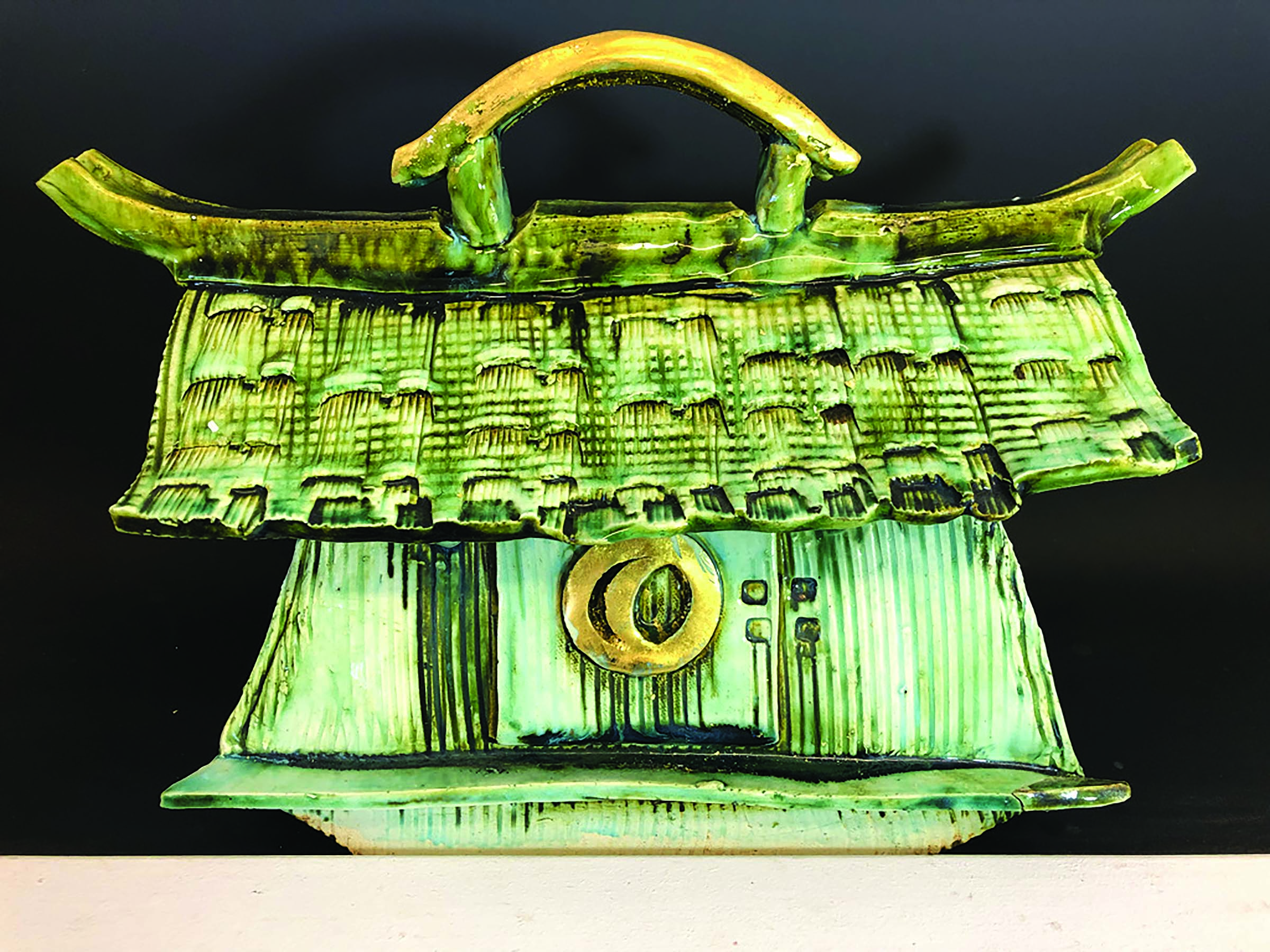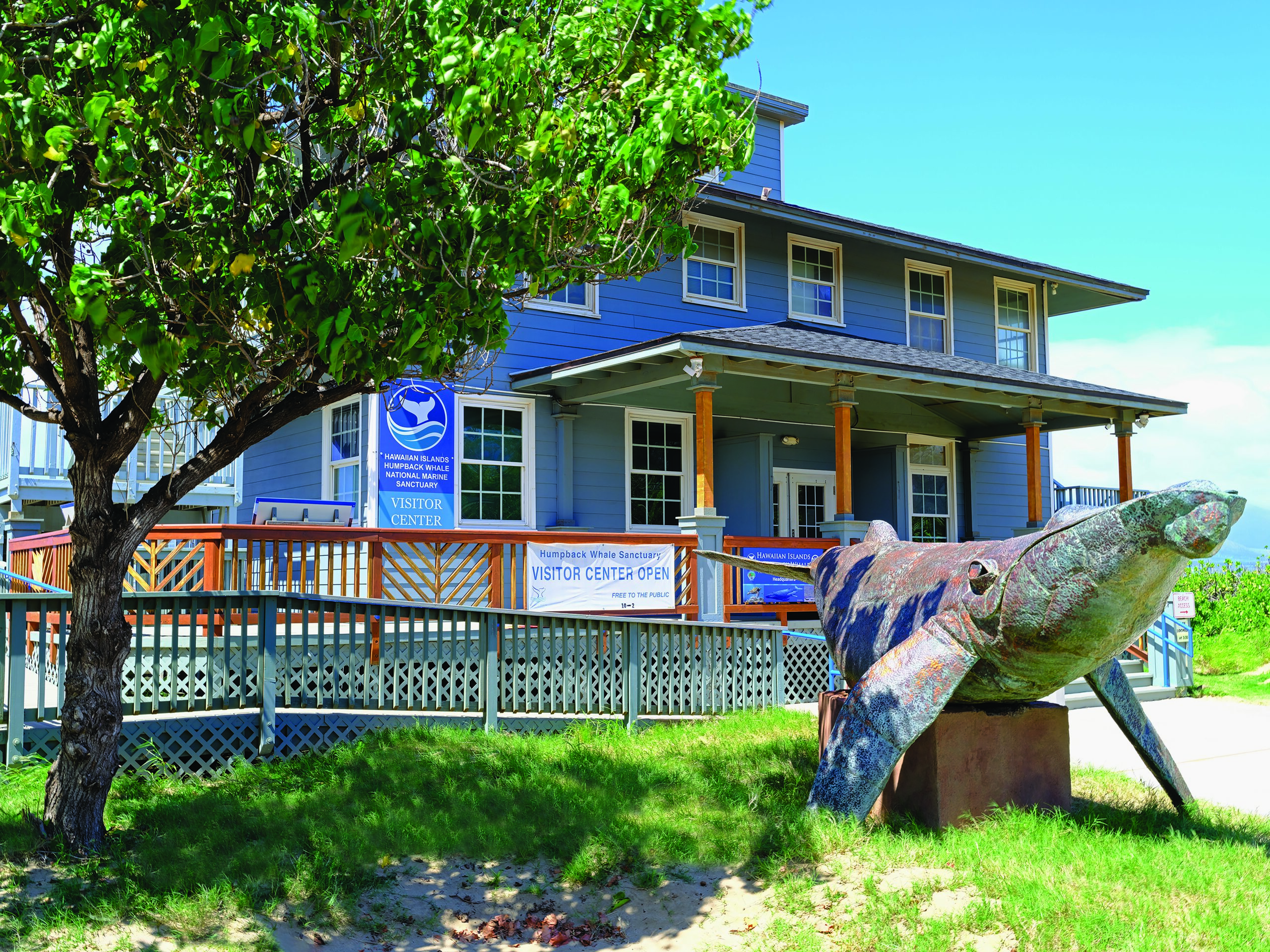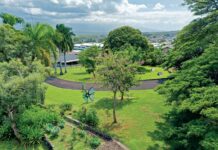A Vanishing Act: Maui’s Mysterious Manta Rays
By Serene Gunnison

The shallow channels between Maui Nui’s four islands attract scores of humpback whales every winter. But these waters are also a preferred habitat for another marine giant: hahalua, the majestic manta ray. The four islands of Maui Nui are home to the largest known population of manta rays in the U.S., with more than 600 cataloged individuals. Unlike the conspicuous humpbacks, manta rays are far more elusive – and increasingly so.
When Lahaina-based Mark Deakos, a researcher for the Hawai‘i Association for Marine Education and Research (HAMER), started studying Maui’s mantas in 2005, he averaged more than six manta sightings per dive. Today, Deakos is lucky to spot one in 20 dives. “This could be an indication that population numbers are declining, or that they are no longer visiting the area,” Deakos said.
Twenty years ago, manta sightings were all but guaranteed at a “cleaning station” off West Maui. Here, mantas would congregate as cleaner wrasses nibbled away at parasites inside their gills and mouth. However, Deakos believes due to declining reef health, wrasses are not as reliably present at the cleaning stations, causing the mantas to abandon them. Where are they going? “We are trying to figure that out,” he said.
Deakos and his team are examining 18 years of data to better understand if the population is growing, stable or in decline. Based on genetic samples taken of mantas in Maui Nui and Hawai‘i Island, they discovered that these two populations are genetically isolated, meaning they don’t mix, furthering each population’s vulnerability.
Manta rays are a slow-growing species, with females giving birth to a single pup only once every three to seven years. The mantas’ slow birth rate coupled with an uptick in human-caused hazards could spell trouble for Maui’s manta population, Deakos said.
While some protections exist for mantas in Hawai‘i, they pale in comparison to the slew of regulations that safeguard threatened and endangered sea turtles, monk seals and humpback whales. More research is needed to properly protect Maui’s mantas, but Deakos says mitigating storm water runoff that threaten our reefs and establishing a marine protected area for manta critical habitat could be beneficial.
Divers who spot manta rays statewide can help with research by emailing photographs of the manta’s unique belly spot patterns to HAMER at reportmanta@mantatracker.com. If you’re lucky enough to see a Maui hahalua, its graceful underwater ballet is sure to amaze, inspire and ignite hopes for the population’s utmost protection.
Arabella Ark: Mystery and Antiquity in Clay
By Cynthia Sweeney

Arabella Ark’s ceramics resonate with a timeless, mystical quality. By firing in the Japanese raku tradition, she lends her architectural temples and tea houses a sense of story, spirituality and feeling of antiquity.
Ark has deep roots in Maui, especially Hana, which she calls “a very powerful place.” She now lives on Moloka‘i, near her family and grandchildren, on property overlooking a fishpond, bordering the reef and channel between Moloka‘i and Lana‘i.
“The beauty is overwhelming with natural landscape, the sea, dawns and dusks. I kayak or swim as often as I can and walk the beach with my golden retriever.” Ark says she is inspired by Japanese architecture, and her world-wide travels. Her artwork has won major awards and is exhibited around the world. She has pieces in permanent collections in Honolulu, at the Smithsonian Art Museum’s Renwick Gallery, and in China and Australia.
Yet ceramics came into her life through a back door while she was an actress, theater director, mother, and writer. Originally from northern California, Ark has produced numerous plays, started a production company in France and performed with the National Theatre of Greece in Athens. While in Europe, “I traveled, and traveled, and traveled. I never, ever thought about being a potter,” she said.
When Ark moved to Hawai‘i in 1972, she started making glazes for another artist’s ceramic artwork. When she tried her own hand, the first pieces she created were quite large, and looked “like Stonehenge.” Loading the kiln back then, she dropped a favorite piece inspired by the Daitoku-ji Temple in Kyoto. She calls it her “Zen lesson” in learning how to let go. “From that point on, I’ve never worked as though my work was precious. I do it just for the joy of making it.”
Ark’s large fortress creations are influenced by ancient ruins and by the Japanese tea ceremony. They seem to evoke a sense of strength and protection. In other pieces, instead of putting a standard foot at the bottom, “I would put a little set of stairs that were ascending because I wanted a feeling of let’s go upwards with our thoughts.” She also added windows, doorways and staircases “because I wanted that feeling of willingness to go into a new space. To look beyond where we are.”
On Moloka‘i, Ark built a beautiful showroom and art studio, also used by her grandchildren. “I believe I am happier than I have ever been, absorbing the magic of dawn and dusk colors here at the beach in Kawela.”
Arabella Ark’s ceramics can be seen and purchased at Village Galleries in Lahaina, Viewpoints Gallery in Makawao and Maui Hands Gallery stores across Maui. ArabellaArk.com
A Whale of a Place: Humpback Whale National Marine Sanctuary Visitor Center
By Serene Gunnison

A strange yellow device resembling an archaic cell phone sits on display at NOAA’s Hawaiian Islands Humpback Whale National Marine Sanctuary Visitor Center in Kihei. This peculiar gadget is a satellite tag, and like many of the artifacts on display at the center, it was once fastened to a 40-ton humpback whale.
The newly renovated visitor center is a window into the realm of humpback whale research and rescue. After a lengthy closure following the pandemic, the center reopened in December 2022, debuting a new look and focus. Fresh exhibits have been added to showcase the intricacies of whale research and emphasize the importance of National Oceanic and Atmospheric Administration’s whale disentanglement work within the marine sanctuary, which encompasses 1,370 square miles of coastal waters in Hawai‘i.
Apart from research, whale disentanglement is one of NOAA’s primary focuses in the Hawaiian Islands. Hundreds of thousands of whales, dolphins and porpoises worldwide become tangled in marine debris every year, which can lead to severe injury, infection or starvation. Fortunately, success stories abound, and tangible evidence of such victories is displayed at the visitor center.
Lining the exhibit shelves are weathered tangles of rope, cable and other debris that were removed from humpback whales by trained NOAA staff. The detritus is affixed with tags that show when and where the humpback was first spotted and subsequently freed.
One piece of debris, a thick black cable, was removed from the mouth of a whale off Kihei. According to one of the visitor center’s hospitable docents, the whale had 500 feet of underwater coaxial cable tangled around its mouth. “I mean, where does that even come from?” he said. “They had to send us down to get bolt cutters from Ace Hardware to remove it.”
Despite the sobering reminders of humanity’s effect on humpback whales, good news proliferates. Docents proudly assert rising humpback populations and quip to guests about victorious whale rescues. And with collective conservation efforts, this spectacular whale species will thrive for generations to come.
Visit the Hawaiian Islands Whale Sanctuary Visitor Center at 726 S. Kihei Road in Kihei from 10 a.m. to 2 p.m., Monday through Friday.
Click here to subscribe to Maui Nō Ka ‘Oi Magazine





